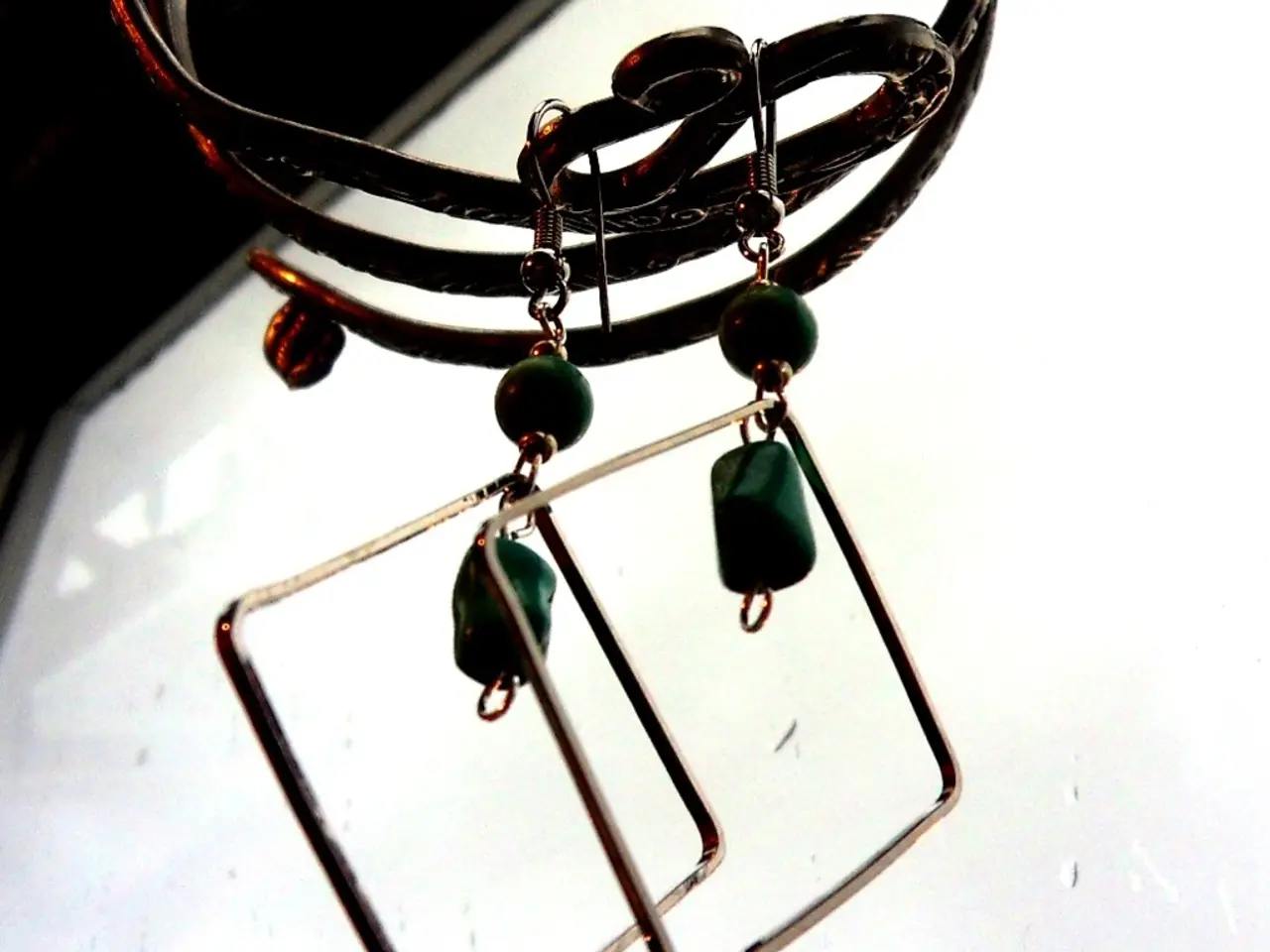Eustachian Tube Disfunction and Its Effect on Auditory Wellness
In the realm of ear health, Eustachian Tube Dysfunction (ETD) is a common yet distressing condition that affects many individuals. First described by anatomist Bartolomeo Eustachio in the mid-1500s, the Eustachian tube, which connects the middle ear to the back of the nose and upper throat, plays a crucial role in maintaining ear pressure equilibrium. However, when this tube fails to open or close correctly, ETD ensues.
ETD is often associated with vascular anomalies or variations in intracranial pressure, and it can be a symptom of Eustachian Tube Dysfunction. This disorder can cause a range of auditory problems, from hearing loss and full ears to difficulties hearing and muffled hearing. One of the most distressing symptoms is pulsatile tinnitus, characterized by rhythmic pulsing or whooshing sounds in the ear.
The impact of ETD extends beyond physical discomfort. Untreated ETD might cause more permanent hearing loss in severe cases and can have a severe adverse effect on a person's mental health and quality of life, leading to anxiety, loneliness, and frustration.
Frequent flyers, scuba divers, and individuals with allergies or sinus issues are at a higher risk of developing ETD. Minimising tobacco smoke exposure, maintaining proper nasal cleanliness, and getting timely medical assistance for recurrent ear problems might lower the risk of complications related to ETD.
Diagnosis of ETD can be challenging due to symptoms overlapping with other ear-related disorders. However, with increasing public knowledge of ETD symptoms, risk factors, and management techniques, early detection and treatment can be facilitated, thereby maintaining optimal hearing health.
Treatment for ETD includes non-invasive methods like antihistamines, nasal decongestants, and autoinflation techniques, as well as surgical procedures like tympanostomy tube implantation or Eustachian tube dilatation. Ongoing clinical trials are investigating the effectiveness of novel therapies like Eustachian tube stent insertion and intranasal steroid implants in regaining Eustachian tube function and reducing symptoms.
A comprehensive strategy that includes coping mechanisms, psychological support, and symptom management is necessary to address the psychosocial components of ETD. Individuals can develop resilience and adaptability by navigating the emotional hurdles of chronic ear diseases with counselling, support groups, and cognitive-behavioural therapy.
If you are experiencing pulsatile tinnitus or symptoms of Eustachian Tube Dysfunction, make an appointment with ENT LDN to start improving your hearing health with individualised care and cutting-edge solutions. New medical science and technology developments offer innovative approaches to ETD management, including medication therapies that target inflammation and mucosal congestion, and minimally invasive surgical methods.
By raising awareness and fostering an understanding of Eustachian Tube Dysfunction, we can empower individuals to take control of their ear health and lead lives free from the distressing symptoms of ETD.
Read also:
- Peptide YY (PYY): Exploring its Role in Appetite Suppression, Intestinal Health, and Cognitive Links
- Toddler Health: Rotavirus Signs, Origins, and Potential Complications
- Digestive issues and heart discomfort: Root causes and associated health conditions
- House Infernos: Deadly Hazards Surpassing the Flames








